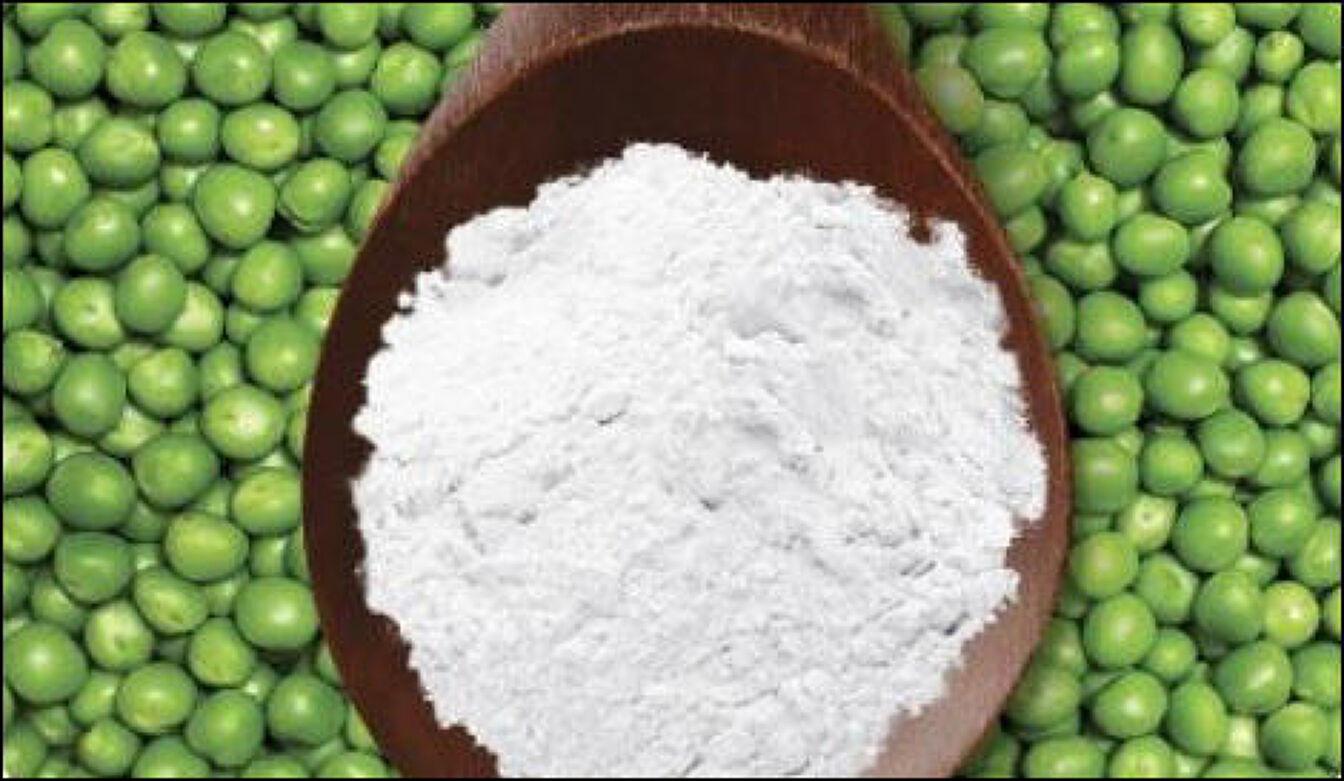Introduction
Pea starch is a plant-based food ingredient that is derived from yellow peas. Yellow peas, also known as split peas or field peas, have been a dietary staple for centuries. However, the use of pea starch as a specialty ingredient is a relatively new development. With the rising demand for plant-based and clean label foods, pea starch is positioned to become a mainstream ingredient in the coming years.
Chemical Composition and Properties
Like other starches, Pea Starch is primarily composed of complex carbohydrates in the form of amylose and amylopectin polymers. However, it differs from other common starches in some notable ways. Pea starch granules are oval to spherical in shape with diameters ranging from 2-8 μm. They have a fairly high amylose content of around 26-30%. This gives pea starch good gelling and retrogradation properties. It also makes pea starch more resistant to breakdown compared to other starches. Pea starch also maintains its integrity during cooking and gelatinization temperatures range from 50-70°C. These properties make pea starch suitable for a variety of uses.
Uses in Food Products
Given its functional characteristics, pea starch is well-suited for use in many food products:
- Sauces and Soups: Pea starch works well as a thickening agent in sauces, gravies, soups and other liquid-based foods. Its high gel strength allows sauces and soups to maintain viscosity even after reheating.
- Baked Goods: In baked goods like bread, batter and pastry products, pea starch enhances texture and volume. It inhibits staling in breads and improves freshness for longer.
- Meat Products: As a binder and extender, pea starch is used to improve cooking yields and texture in meat-based products like nuggets, patties and sausages.
- Dressings and Dips: For dips, dressings and mayonnaise-style products, pea starch emulsion properties create a creamy yet clean label profile.
- Snack Foods: Applications include pretzels, chips, crackers and extruded snacks where pea starch improves texture and mouthfeel.
These are just some of the major food categories where pea starch is finding adoption. Its inherent qualities fit well with the needs of both food scientists and health-conscious consumers.
Growing Market Demand
There are a few key reasons driving increased demand for pea starch:
- Clean Label Trend: Consumers seek simple, recognizable ingredients and are wary of additives like modified starches. Pea starch delivers a clean, whole food ingredient label.
- Plant-Based Shift: More people prefer plant-based diets and lifestyles. Pea starch capitalizes on this by providing a starch solution from a non-GMO, vegetable source.
- Sustainability: Peas have low water and land usage compared to other staple crops. Pea starch production offers an environmentally-friendly option.
- Gluten-Free: For the large celiac/gluten-sensitive demographic, pea starch provides an alternative grain-free thickening agent.
- Nutritional Profile: Peas are high in fiber, vitamins, minerals and protein. Pea starch retains some of these inherent nutritional qualities.
Global pea starch consumption grew at a CAGR of over 7% between 2015-2020 and is forecast to reach 750,000+ metric tons by 2027. North America and Europe currently dominate demand but Asia Pacific is emerging as a major new market. As awareness of pea starch spreads, its share of the global starch market will likely continue expanding in the coming decade.
Quality and Regulations
For pea starch to achieve mainstream usage, maintaining consistent quality and meeting all relevant international food safety regulations is paramount. Key steps being taken by major pea starch suppliers include:
- Sourcing and Segregation: Procuring high quality peas from trusted growers and segregating during storage/handling to prevent contamination.
- Refining Process: Employing modern extraction technology to ensure high purity finished product with low microbial and anti-nutrient levels.
- Certifications: Obtaining certifications like Non-GMO, Organic, Kosher etc. depending on end product claims and regulations.
- Compliance: Strict adherence to global food safety norms like Codex Alimentarius, FDA, EFSA standards on limits for heavy metals, mycotoxins etc.
With quality assurance prioritized, pea starch is backing its clean image with credible actions. This is helping food manufacturers feel confident adopting it in their products destined for worldwide markets.
As a whole food ingredient aligned with consumer values, pea starch addresses many of the challenges facing the food industry today. Backed by robust demand and supply chain investments, it is well positioned for continued market penetration. Pea starch will play an increasingly important role in sustainably meeting the world's rising need for plant-based nourishment. Its future outlook as a leading starch solution looks bright.
Get more insights on this topic: Pea Starch



